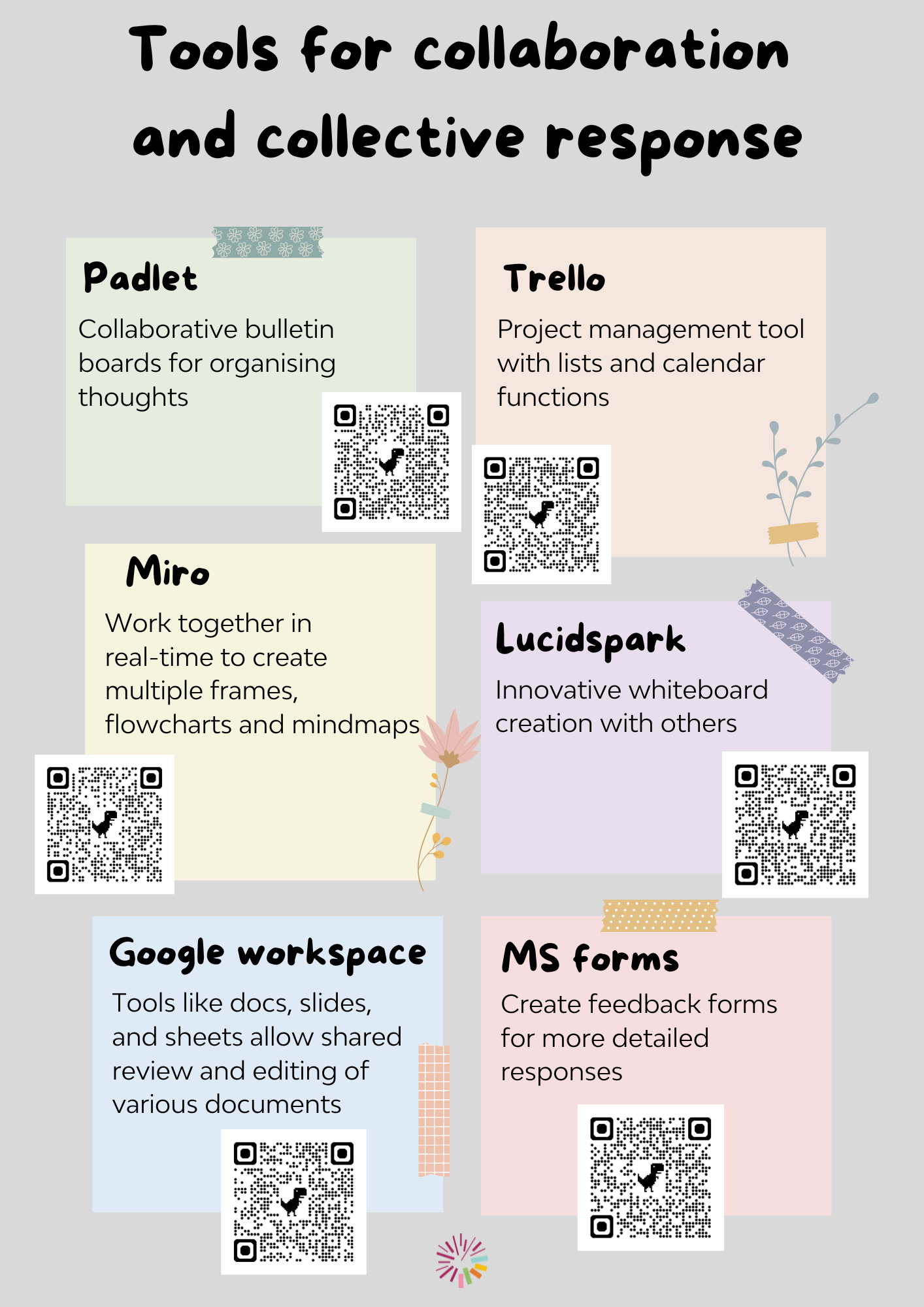How to encourage collective responses in your team
Collective responses are a way to pave change, drawing upon a variety of experiences and insights to create a kaleidoscope of perspectives that encompass opinions across the team. As leaders and managers, ensuring the decisions made across an organisation are informed by the wider team is an effective way to form a supportive ethos and unified vision for the work you do.
This article is going to explore how collective responses can be gathered and utilised within your team.
What are collective responses?
Collective responses are all about collating the individual reception from across your team to gain as much insight into collective opinions as possible when it comes to wider organisational decisions.
Whether the decisions are revolutionary to the setting, matters concerning individual rooms, discussions about staff welfare or where to hold the next Christmas staff party, it’s best practice to gain consensus from the team for a deeper understanding into what works for everyone.
This might be used when:
- making decisions about organisational development, such as changes to staffing structures
- financial decisions within a denominated team, such as deciding how to spend budget on materials per room
- contributions to the wider ethos of the setting, like discussions on supporting different community events or getting involved in awareness campaigns.
Any decision that can draw upon the contributions of the wider team are valuable not only for a richer result and more solutions for potential problems, but also speaks volumes about how team voice is valued within all aspects of work, not just the surface of what we do.
Creating collaborative voice for collaborative response
Establish a collaborative culture
Firstly, in order to gain the confidence of your team that their input matters, we need to ensure the ways we communicate are open and transparent.
- Take the time to regularly discuss ideas and feedback. In early education and care, finding the time for formal staff meetings is tricky but informal opportunities, such as in the staff room or in the corridor can be just as insightful.
- It’s also good to keep an eye on the staff members who may appear to be quieter and take the time to encourage their opinions to give everyone an equal opportunity to voice their thoughts, regardless of their confidence to do so.
- Encouraging everyone to contribute can be a challenge. Take a step forward to create a culture that values all opinions and sustains appreciation for all insights, free from discrimination.
Innovative ways to record
It’s tricky to get everyone together, especially within a workplace that works around ratios and shift patterns for a safe environment. Think about creative ways to gain the insight of others when the opportunity rises.
- Digital Collaboration Platforms: Use tools like Trello, Miro and Padlet to create real-time communication and project management. This allows individuals to comment anonymously as well as linking to external resources for greater inspiration.
- Go back to basics with a physical suggestion box or sticky note board that allows members of the team to contribute in an accessible way that is not time-consuming for anyone to commit to. The physical presence of a box in the staffroom also acts as a good reminder for action!
Foster teamwork
For a team to feel valued and unified enough to contribute meaningfully to the growth of the organisation, we need to foster a culture that values the remarkable power of a team.
-
Invest in your team by organising regular opportunities to interact outside of the working day, whether in a social capacity or through team-building activities to strengthen relationships and trust among team members with a valuable sense of belonging.
Promote shared goals
-
For a team to contribute meaningfully, there needs to be a clear and accountable vision for the topic of discussion. Understanding the ethos or perspective of the setting, as well as considering how everyone plays a special role in making it happen, encourages everyone to act in a helpful way where they understand why their voice matters.
Don’t always expect individuals to act alone
Particularly when we begin to expect contributions, it can be a daunting task for an individual to get involved off their own back. Ensuring they understand what is being asked of them is one thing, but sometimes a collective enthusiasm is needed to get thing started.
-
Hold mindmapping sessions where team members can freely share ideas. Blue sky thinking is a useful term here that encourages team members to think beyond the limits of the realistic and explore potentials for future visions too.
Lead by Example
Expecting others to contribute their ideas can make people feel vulnerable because it holds the potential for their ideas to be quashed or not listened to. When expecting others to spend the time thoughtfully crafting their responses to aid your wider team’s development, it can be incredibly useful to lead by example and offer your own insights first. This not only gives them an example to understand the kind of things that can be helpful but also puts your own ideas on the forefront of challenge before anyone else seeks to.
Collective responses rely on collective attitudes
Collective responses are often seen in popular culture through unified voices in protest and, within the education sector, union action. But on a more local level, collective responses can be incredibly valuable for working as leaders and managers within settings to help understand how your team feel, their understanding on important matters, and creating a culture in which everyone feels involved in creating change.
Have a look at the following resources to think about how you may implement them in the ways you ask for responses from your wider team.







